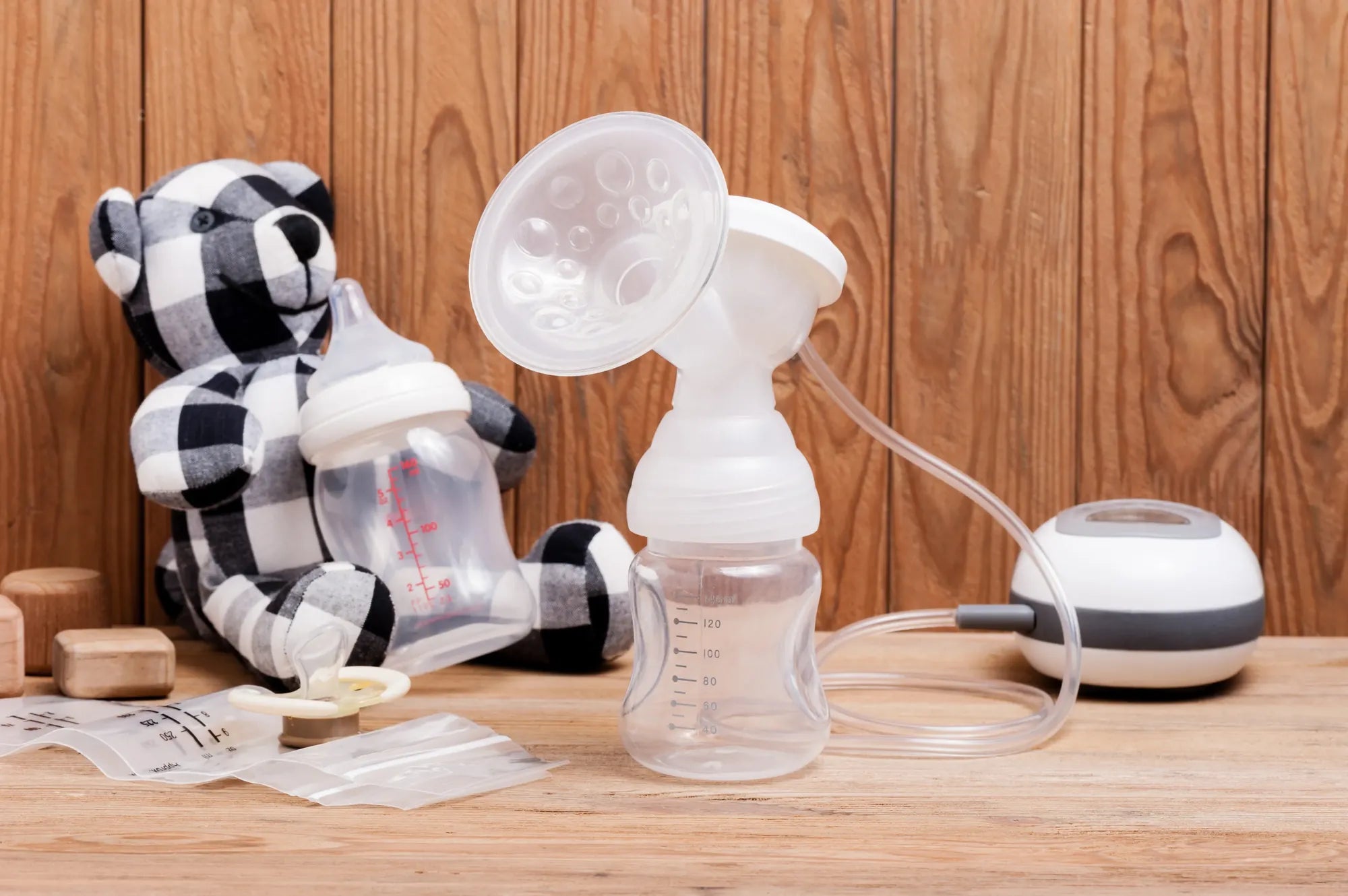Home
Pregnancy, Breastfeeding, and Pumping: The Ultimate Guide for Moms
What Do I Need to Breast Pump at Work: A Comprehensive Guide

What Do I Need to Breast Pump at Work: A Comprehensive Guide
Returning to work after maternity leave is a significant milestone for many new mothers. Balancing the demands of a career while continuing to breastfeed can feel overwhelming, but with the right preparation, it is entirely achievable. Breast pumping at work is a practical solution that allows you to maintain your milk supply and provide nourishment for your baby. This guide will walk you through everything you need to know to make the process as smooth as possible.
Understanding Your Rights and Workplace Policies
Before diving into the logistics of breast pumping at work, it is essential to understand your rights as a breastfeeding employee. Many countries have laws that protect the rights of working mothers to express milk during the workday. Familiarize yourself with these regulations and review your company's policies regarding lactation support. Knowing your rights will empower you to advocate for the accommodations you need.
Essential Equipment for Breast Pumping at Work
To successfully breast pump at work, you will need a few key items. First and foremost, a reliable breast pump is essential. Choose one that is efficient, portable, and easy to use. Additionally, you will need storage containers or bags to store your expressed milk. A cooler bag with ice packs is also necessary to keep the milk fresh until you can transfer it to a refrigerator. Don't forget to pack cleaning supplies, such as a bottle brush and sanitizing wipes, to ensure your equipment remains hygienic.
Creating a Comfortable Pumping Space
Having a comfortable and private space to pump is crucial for your comfort and productivity. If your workplace does not already have a designated lactation room, speak with your employer about creating one. The space should be clean, quiet, and equipped with a comfortable chair, a flat surface for your pump, and access to an electrical outlet. If a dedicated room is not available, consider using a private office or conference room with a lockable door.
Establishing a Pumping Schedule
Consistency is key when it comes to maintaining your milk supply. Work with your employer to establish a pumping schedule that aligns with your work responsibilities. Aim to pump every 2-3 hours, or as often as your baby would typically nurse. Communicate your schedule with your supervisor and colleagues to ensure they respect your pumping breaks. Setting reminders on your phone or calendar can help you stay on track.
Tips for Maintaining Milk Supply
Pumping at work can sometimes lead to a decrease in milk supply, but there are steps you can take to prevent this. Stay hydrated by drinking plenty of water throughout the day. Eating a balanced diet rich in nutrients can also support milk production. Additionally, try to relax and focus on your baby while pumping, as stress can hinder milk letdown. If you notice a drop in supply, consider adding an extra pumping session or consulting a lactation consultant for advice.
Storing and Transporting Expressed Milk
Proper storage and transportation of expressed milk are critical to ensure its safety and quality. Store your milk in clean, labeled containers with the date and time of expression. Keep the milk refrigerated or in a cooler bag with ice packs until you can transfer it to a refrigerator or freezer at home. When transporting milk, use an insulated bag to maintain the appropriate temperature. Always follow guidelines for safe milk storage to protect your baby's health.
Communicating with Your Employer and Colleagues
Open communication with your employer and colleagues is vital for a successful breast pumping experience. Discuss your needs and schedule with your supervisor, and provide them with information about your rights as a breastfeeding employee. Educate your colleagues about the importance of your pumping breaks and how they can support you. Building a supportive work environment will make the process easier for everyone involved.
Balancing Work and Breastfeeding
Balancing work and breastfeeding requires careful planning and flexibility. Prioritize your tasks and delegate when possible to make time for pumping breaks. Use your breaks efficiently by multitasking, such as responding to emails or organizing your workspace while pumping. Remember that it is okay to ask for help and take care of yourself. Finding a balance between your professional and personal life will benefit both you and your baby.
Overcoming Challenges
Breast pumping at work may come with its challenges, but with perseverance and support, you can overcome them. If you encounter difficulties, such as a lack of privacy or a drop in milk supply, don't hesitate to seek help. Reach out to a lactation consultant, join a support group, or connect with other working mothers who have been through similar experiences. Remember that you are not alone, and there are resources available to assist you.
Breast pumping at work is a journey that requires preparation, dedication, and support. By understanding your rights, gathering the necessary equipment, and creating a comfortable pumping space, you can make the process manageable and rewarding. Establishing a consistent schedule, maintaining your milk supply, and properly storing your milk are essential steps to ensure your baby receives the nourishment they need. Open communication with your employer and colleagues will foster a supportive work environment, while balancing your professional and personal life will help you thrive. With the right tools and mindset, you can successfully navigate the challenges of breast pumping at work and continue to provide the best care for your baby.
Share
